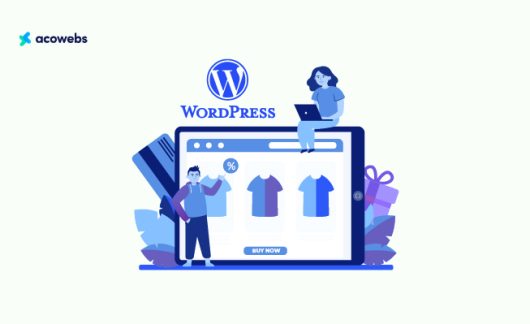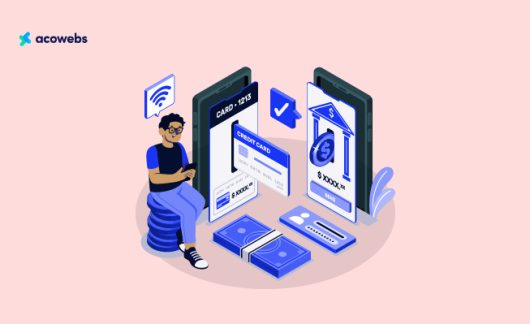Table of Contents
Email segmentation may sound like one of those things everyone venturing into email marketing should already know. However, many marketers are ignoring this tactic, and some others don’t understand how it can improve their marketing results.
When you are already getting respectable results with your current tactic, it could be challenging to bring yourself to learn something new.
With email segmentation, you are not just learning another fad, but rather, something that can unlock a whole new level of success for your campaigns.
The days of mass-sending emails, and hoping enough people open them are long gone.
This article discusses the importance of segmentation in email marketing and proven segmentation strategies that work.
These strategies do work for eCommerce stores as well as the normal brick and mortar businesses, however, the results could be better for Tech companies, especially who are into eCommerce, SaaS, etc
Why Should You Segment Your Email Lists?
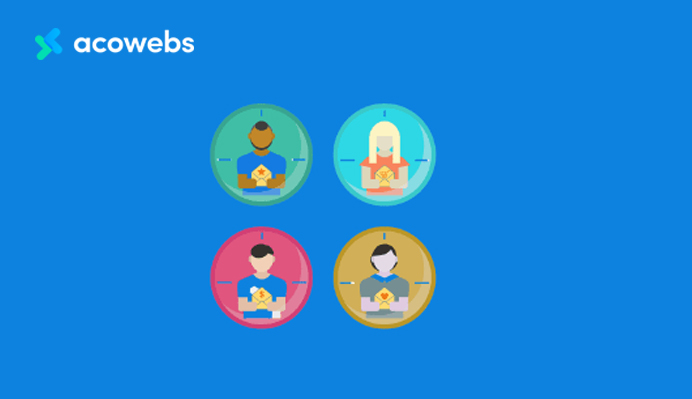
With email segmentation, you are sending specific messages to a small group. The content can be designed to reflect the unique needs of the vast majority of the group. This increases the chances of the emails being read.
With a segmented list, you are more likely to avoid sending emails not valued by most of your subscribers. Here are more reasons why you need to segment your email list:
You Have Multiple Buyer Personas in Your List
Many marketers make the mistake of thinking that all customers are the same. This couldn’t be further from the truth. In any group of customers, the individuals that make up the group will have specific preferences, triggers, etc.
Additionally, they will also be at different stages of the sales cycle at any given time. Sending the same emails to everyone on the list is as good as attempting to sell the same size 45 pairs of shoes to 1000 men.
Many of them will ignore your shoe and move to the next shop!
Customers want email messages that are relevant to them, so they will ignore mass-blasted emails that show a lack of segmentation. With email segments, you are not just giving customers what they want, but also increases the chances of engagement and conversion.
Personalized Emails Increase Conversions
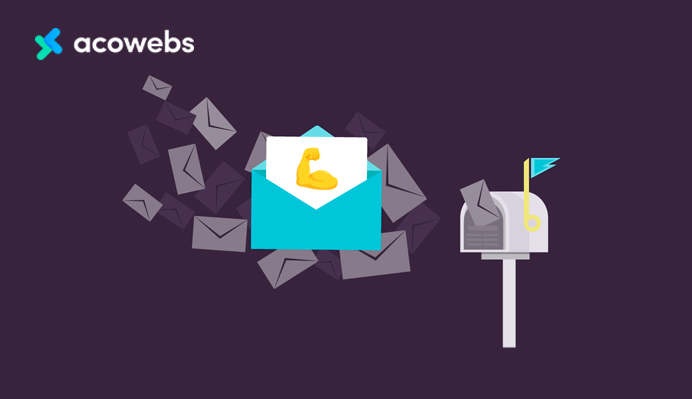
Email segmentation allows better personalization with email messages, which ensures better engagement and higher conversion rates. According to research, personalized emails can increase your revenue by more than 760 percent.
When your email shows you know the age, location, job title, or gender of your customers, it shows that you are in tune with them and their needs. This will make them more likely to become conversions.
Some marketers are already going a step further with a second-layer of personalization, which involves breaking larger segments into smaller groups.
For example, if you have a segment for your female subscribers, you can further break them down into “high-value female clients” focusing on people that buy from you every month. Such micro-targeting can make them buy even more.
You Can Improve Your Reputation with Segmentation
ISPs and email providers pay a lot of attention to what people think about emails from your brand. With proper email segmentation, you will reduce the number of “unsubscribes” or “report as spam” you get from users on your list.
Segmentation ensures that all your subscribers are only receiving emails that they are interested in, thus reducing the number of complaints against your brand.
This will improve your sender reputation and ensure your deliverability rate remains high.
Improved Engagement with Self-Segmentation
Self-segmentation is an aspect of email segmentation that helps you to increase the engagement rates on your emails even further. With this approach, you are giving your subscribers a chance to put themselves in a segment.
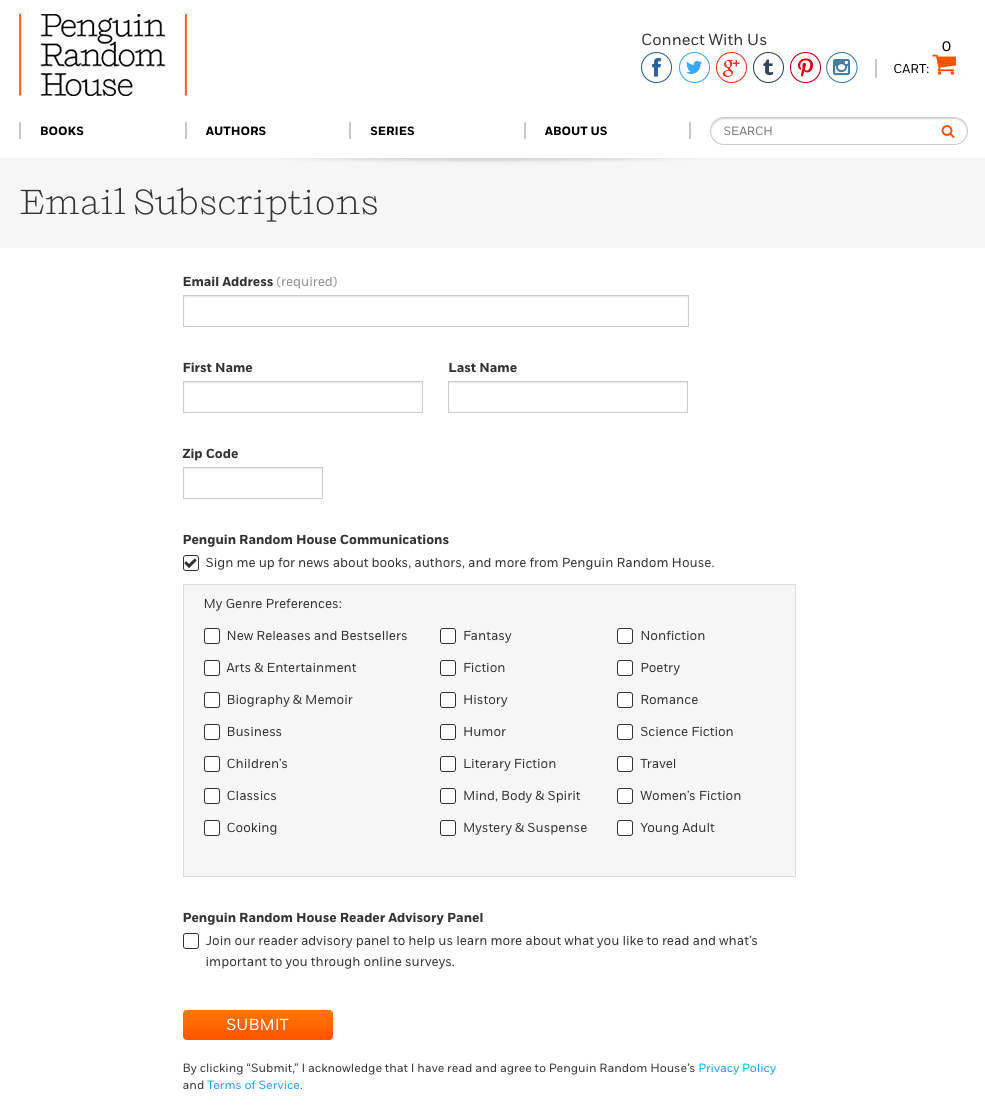
The result is a subscriber that will only receive emails that they want to see.
A simple form asking subscribers to select preferences or sign-up forms that are designed to only appear on specific sections of your website are some examples of how you can implement self-segmentation.
Email Segmentation Allows you to Create Dynamic Content
With email segmentation, you don’t have to edit email templates to target a specific demographic manually. You can, instead, use dynamic content to enhance your relationship with your target audience further.

Dynamic content allows you to create one email, but customize parts of it to show different elements for different segments of your email list.
For example, if you are sending an email featuring a picture pet to a segment of pet lovers, you can use dynamic content to make the picture a cat or a dog, depending on the preferences of your audience. You can do all of this in just a few clicks.
When a subscriber that loves cats sees an email with a majestic picture of a cat, the warm, fuzzy feeling that will follow could be all you need to get them to engage with your email and ultimately end up as a conversion.
Email-segmentation is all about giving your subscribers what they want or at least coming pretty close. Now that you know the importance of email segmentation, what strategies should you deploy now?
ALSO READ: 13 Ways AI Can Help eCommerce Market
Proven Segmentation Strategies You Can Use
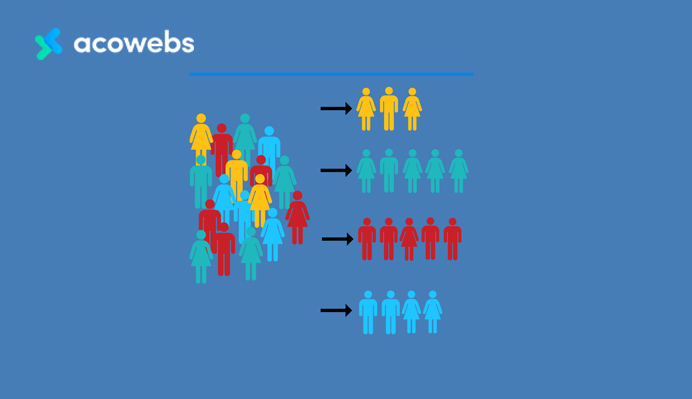
Target Demographics
This is the first place many marketers look when it comes to email segmentation, and for good reasons too. You can group your subscribers based on data like their gender, age, income level, job description, and more.
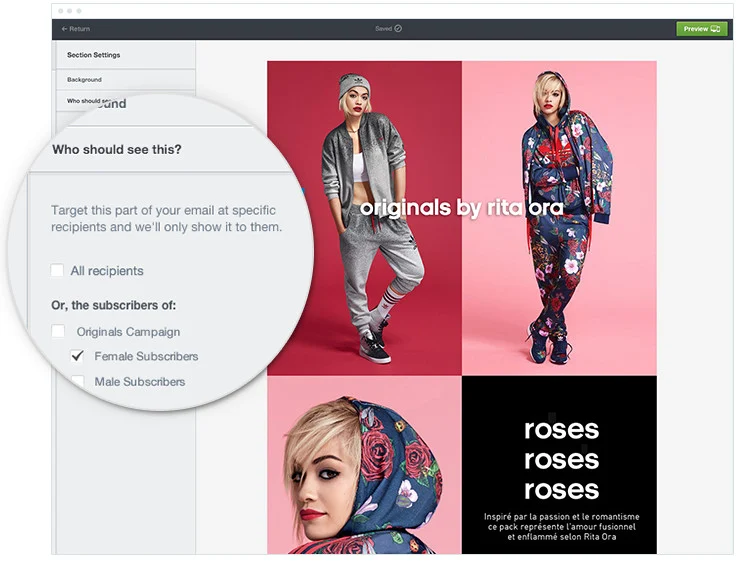
Such data can point you in the direction of a person’s interests and needs. You can usually collate such data during the email sign-up process.
However, you need to be careful to avoid giving subscribers too much to do, or they will quit the sign-up process midway.
What are the two demographic-based metrics that are most important to your business? You can get started with these.
ALSO READ: Top 15 PPC Ad Format
Use “Gamified” Quiz, Surveys or Competitions
If you’d rather not risk losing subscribers by asking for anything more than their email address during the sign-up process, you can use surveys and competitions to get the information you want.
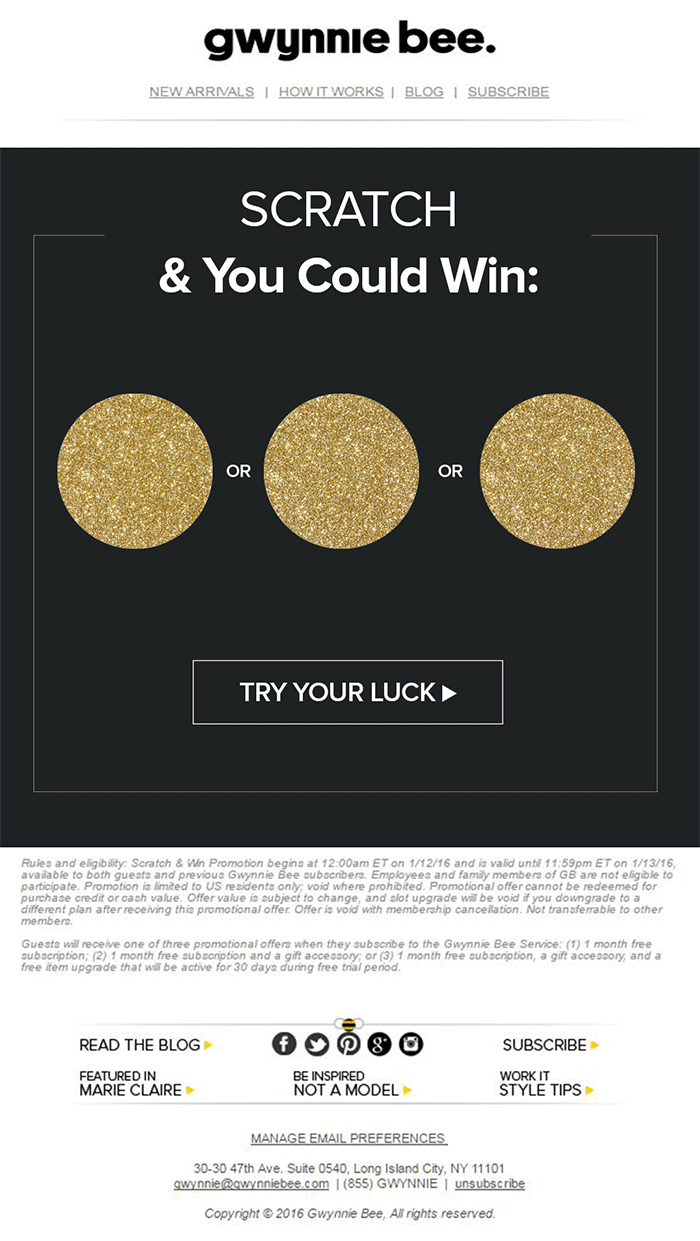
You may have seen some of these types of quizzes go viral on social media. They always work because people enjoy them.
A properly designed quiz or survey can tell you a lot about an individual, including basic demographic data, preferences, religious beliefs, sexual orientation, etc.
For the best results, keep the quiz short and consider including some incentives. In many cases, a fun ending to the quiz (such as finding out your spirit animal or finding out your best celebrity partner) is enough to draw attention.
When you add valuable prizes to be won, you can draw even more attention and engagement.
Use Email Engagement Data
Most email marketing platforms in the market provide email engagement data (such as open rates and clicks) to marketers. You can create email segments based on this data.
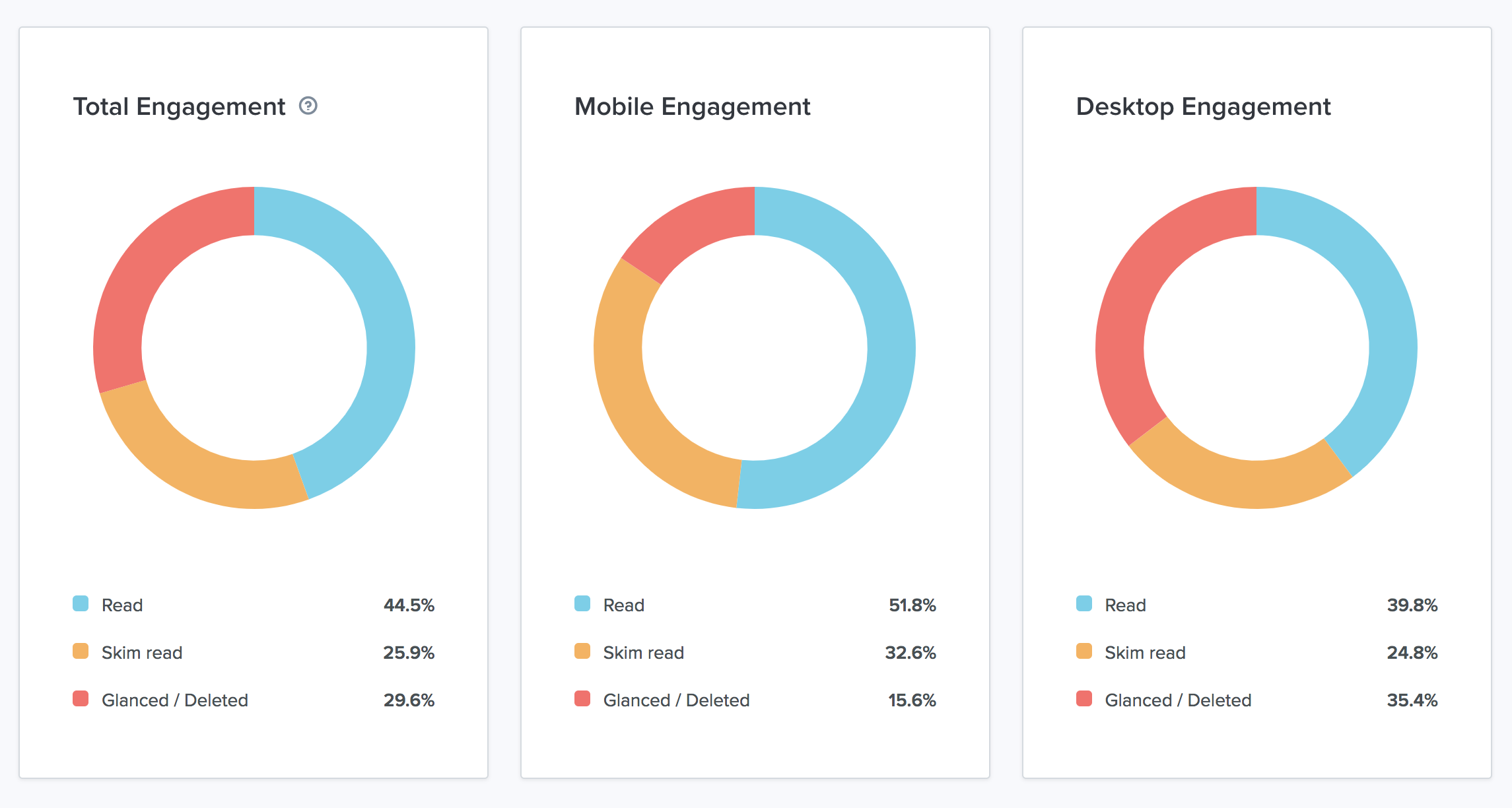
For example, you can create a list of active and inactive subscribers based on whether they have opened your emails in the past 90 or 120 days.
This way, you can have separate email campaigns for users that haven’t opened your emails in a while and separate campaigns for your more active subscribers.
This tactic helps you lure back subscribers that have lost interest in your brand, while also ensuring that more active subscribers remain engaged enough to complete the buyer journey.
Target Geographic Locations
Even with the best work of digital marketers, more than 90% of retail sales still take place offline.
If your business has an offline presence across your target market, you can create geography-based email segments to further improve your chances of closing out more conversions.
Combining this tactic with dynamic email content (described above) will allow you to create content that resonates with your subscribers wherever they may live.
For example, you can create a promotional newsletter that offers discounts to London residents, with pictures of your offline storefront and other common landmarks.
Then use dynamic content to send the same email to residents in Manchester with pictures of your store, and other Manchester-related landmarks.
This will bring your offer closer to home in the mind of your subscribers in these areas.
Analyze Past Purchases
Email segmentation based on past purchases is a common but effective strategy employed by many e-commerce businesses.
A customer that has bought some floral print dresses in the past will definitely want to see your new collection of dresses. You can also send them an email with pants or skirts that will go with their purchase.
If they bought items that will need replacement, you could send occasional reminders just before the replacement date is due.
ALSO READ: 7 Facebook Remarketing Strategies That Actually Work
Split Subscribers into Purchasing Power Groups
If you sell high-cost and low-cost items together, you can create email segments that put the customers with higher purchasing power in a group separate from the rest.
This way, you can create email content featuring pricing that is affordable for everyone.
Find Personal Interests
This tactic involves using the self-segmentation approach (described above) to find the specific interests of your subscribers and then place them in email segments that reflect these interests.
You can find the personal interests of your customers right from the sign-up page, or through CTAs in the first few emails after the “Welcome email“.
This approach allows you to cut the guesswork and offer ultra-specific content that your subscribers will appreciate.
Conclusion
There is no denying the benefits of email segmentation. It is the best way for email marketers to provide highly personalized and relevant content that will resonate with the vast majority of the subscribers on a list.
With this, you can generate more engagement, clicks, and ultimately, conversions. Regardless of the size of your business or the depth of your marketing budgeting, you need to add email-segmentation into your digital marketing strategy today.
Acowebs are developers of WooCommerce plugins that will help you personalize your stores. It supports the additional option with feature-rich add-ons which are WooCommerce Custom Fields, that are lightweight and fast. The premium version of this plugin named WooCommerce Product Addons can be purchased from this website. Update your store with these add-ons and enjoy a hassle-free experience.











 Login
Login
 Cart
Cart







